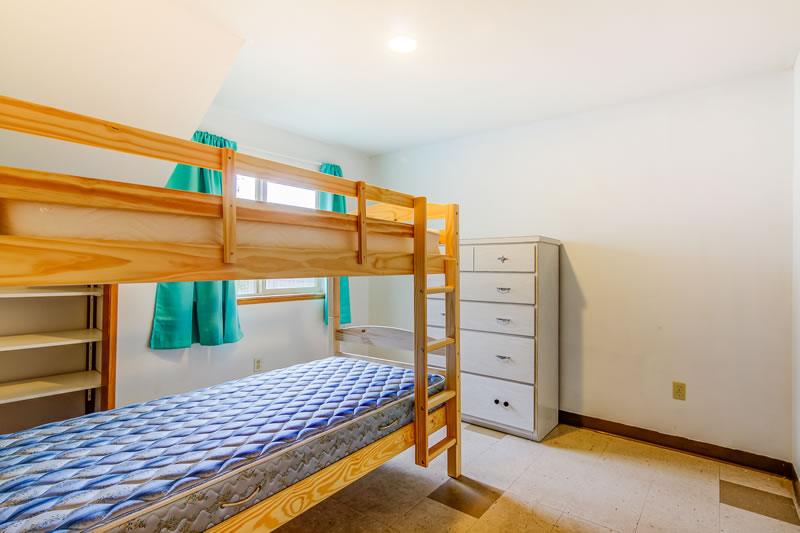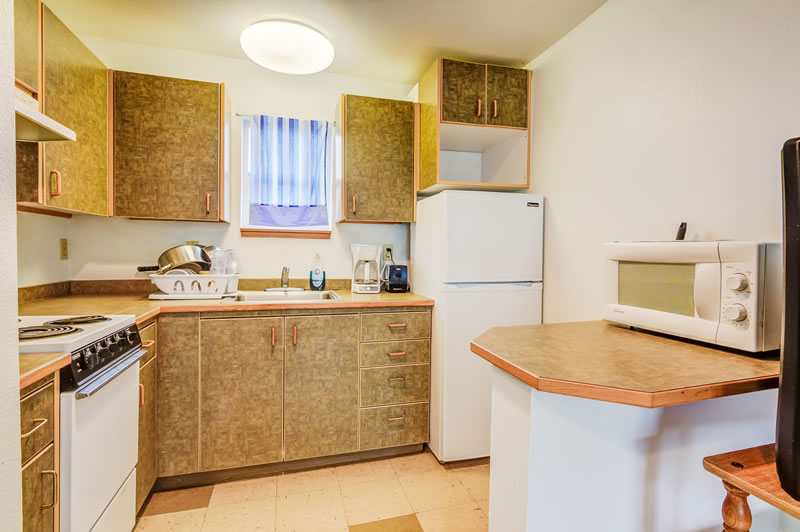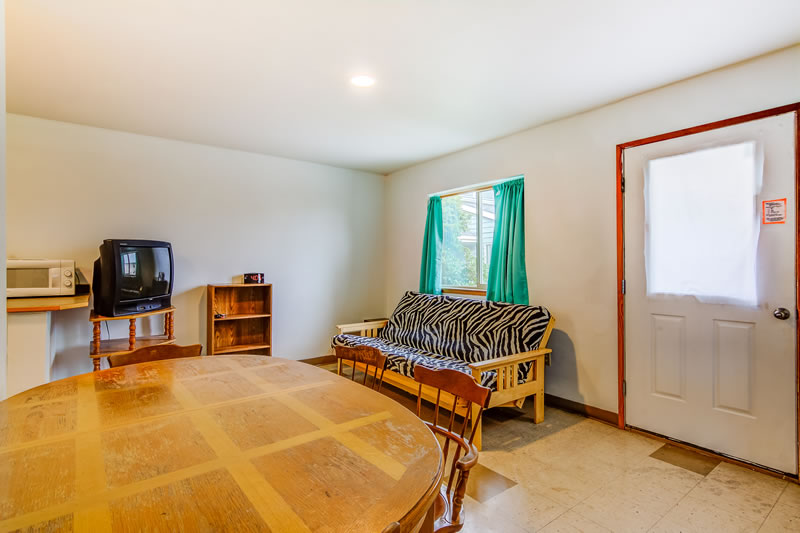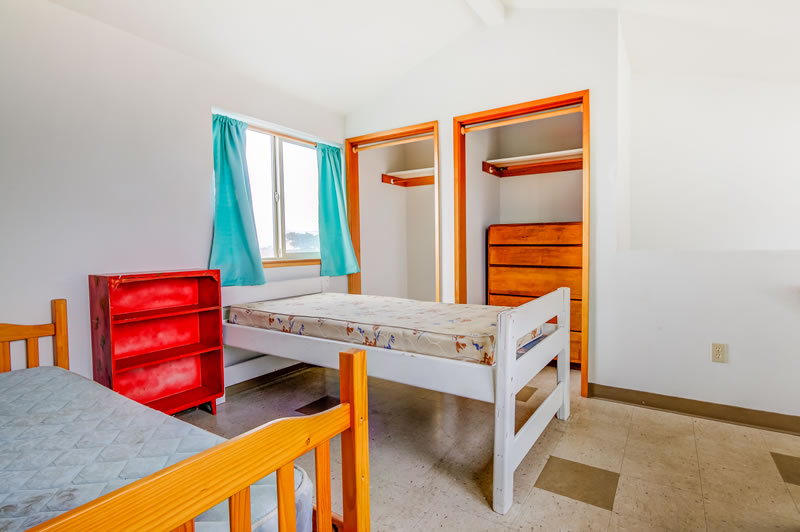Residency Program

Residency begins with an intensive intake process. Potential residents are scored based on their answers to various questions about the history of the family. These topics range from previous domestic violence and alcohol and drug use to health issues and employment history. Based on their answers to these questions, potential residents are placed on a priority-based waiting list. When a family is selected for an open unit, they are contacted by staff to arrange a time to complete orientation. This includes a review of the Samaritan House rules and policies, as well as a urinalysis drug test. Samaritan House is a drug and alcohol free facility, this includes marijuana.




Upon successful completion of the intake process residents are assigned a unit based on family size. Each of our units is a legally defined self-contained dwelling that includes full kitchen and bathroom facilities. Orientation includes compliance with house rules like; expectations of cleanliness, a curfew, quiet hours, participation in house chores, case management and wellness programming.
During the first thirty days of residency, our residents are in a state of “Stabilizing Shelter.” This indicates that they are to be in a purposeful period of crisis de-escalation and resolution. These crises can range from financial problems to family and custody issues, as well as legal obligations. Our case manager Juanita Miller works with each resident to determine their particular obstacles, challenges and integrate the realities of life outside our walls, into case management. Juanita also works closely with our residents to address the specific issues or obstacles that led to their homelessness, not what people think they should need. Each resident is unique, as are their challenges. This delicate balance ensures that upon graduation, residents are equipped with the tools needed to be successful renters or homeowners.
After completing the stabilizing shelter phase, residents enter into the “Transitional Shelter” phase of their stay. During this three-month period, residents are encouraged to seek additional education or employment and begin an intensive financial saving program. This financial saving program requires that residents save 60% of their monthly income, which can be deposited in weekly or monthly installments. This “nest egg” that residents build during their stay can be used upon graduation to pay move-in costs (when required) at a new place of residency. Residents may choose to save more than the required amount, and often do, to their ultimate advantage.
The final phase of residency is known as “Transitional Housing.” During this phase, Samaritan House becomes the legal landlord of their unit by entering into a lease agreement with the resident (we follow fair housing rules). Samaritan House then assigns rent which is estimated at 30% of monthly NET income (capped at $350) savings requirement will be set to 5%. Entering into a lease agreement ensures that Samaritan House can, as a landlord, legally provide a reference for tenants upon graduation.






